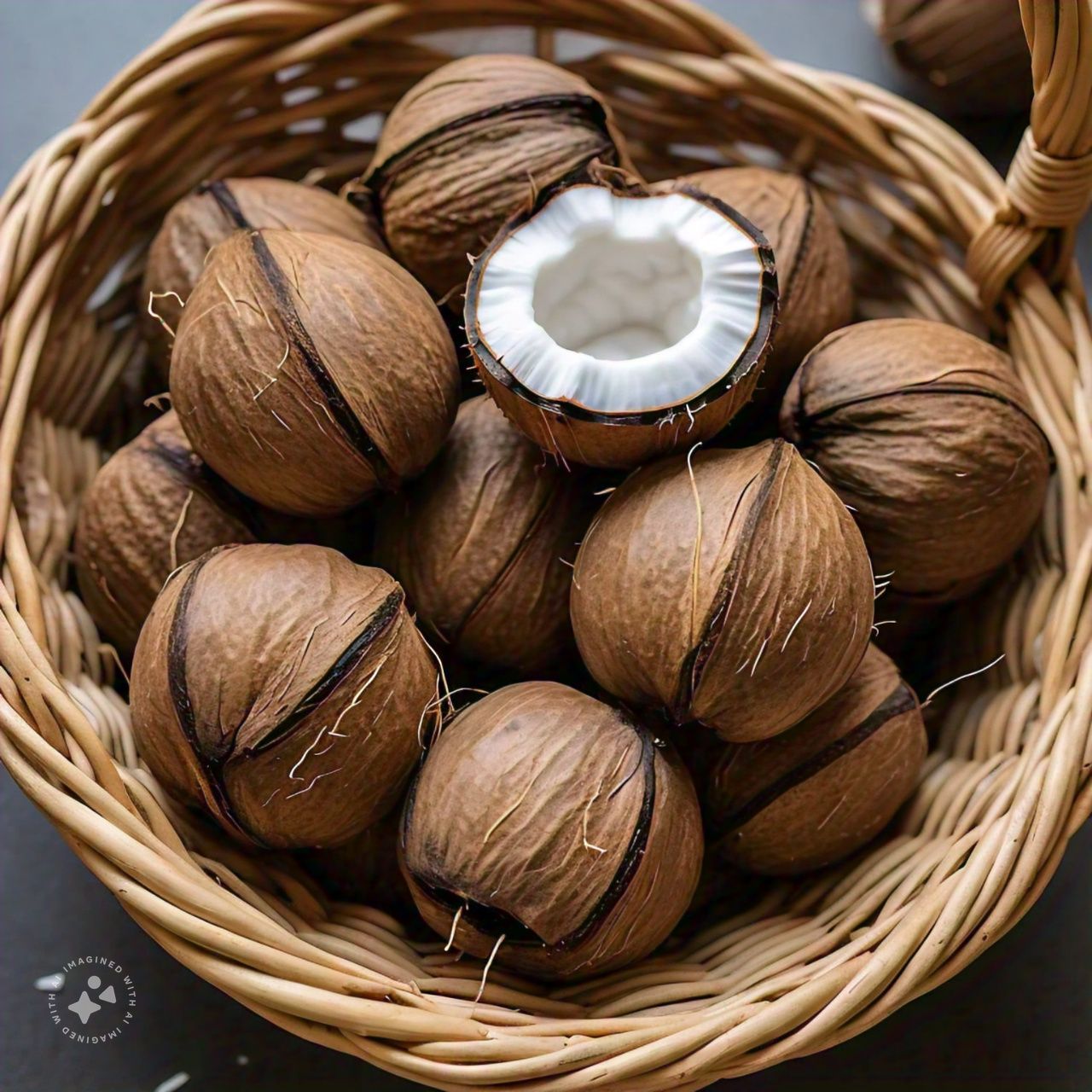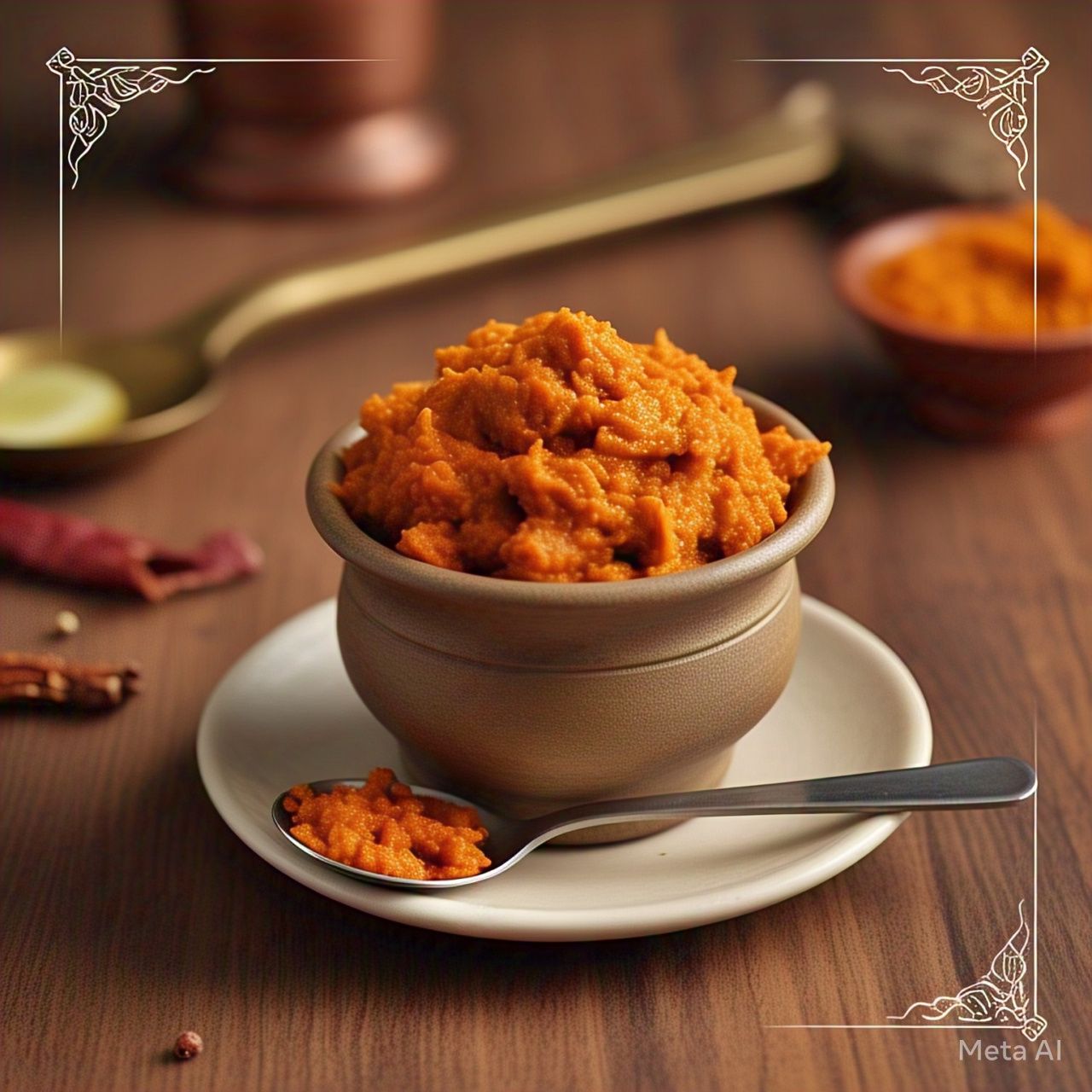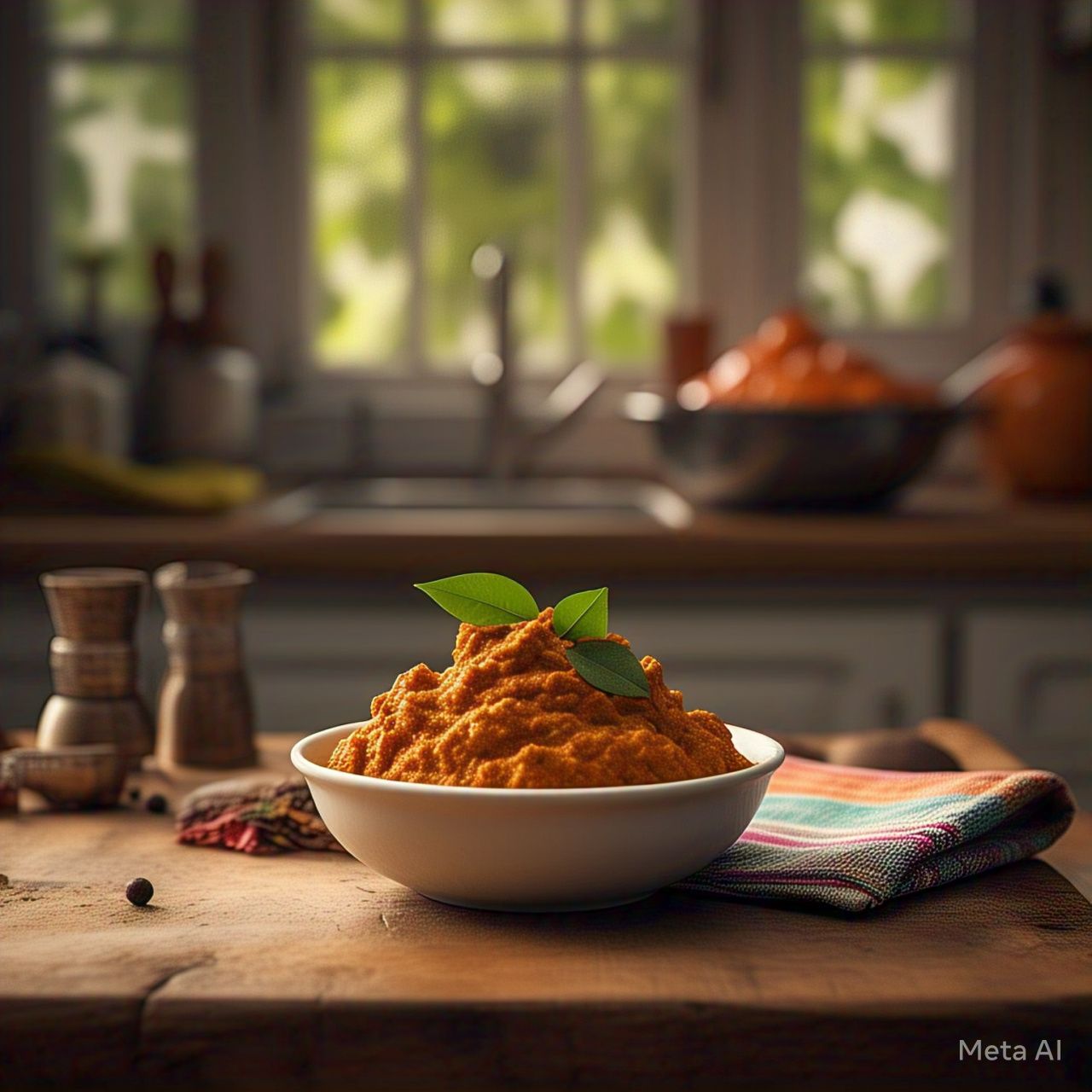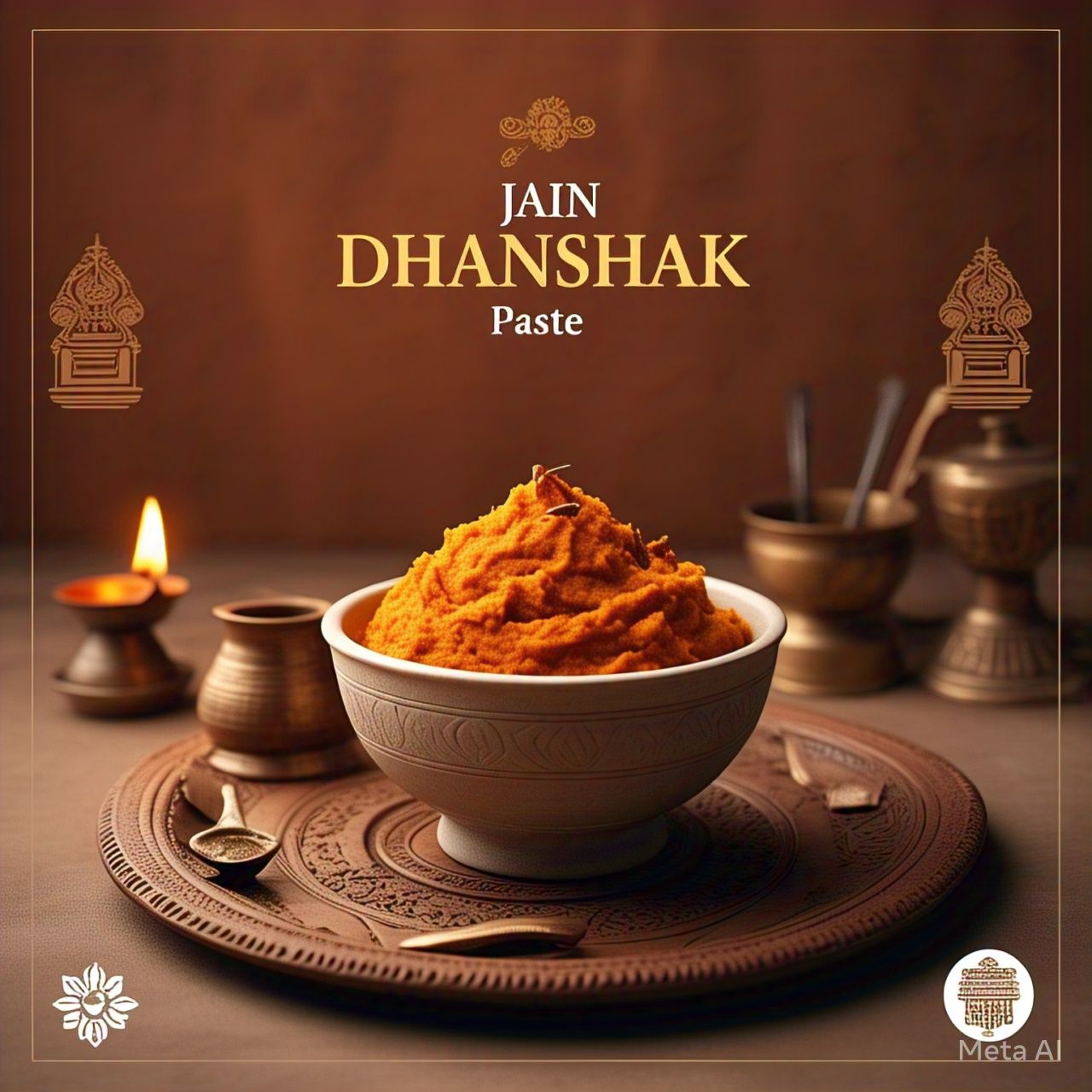Dried coconut halves are the hard, mature shells of coconuts, split and dried to preserve their freshness and enhance their utility. These versatile ingredients are widely used in cooking, crafting, and traditional medicine.
Nutritional Value and Health Benefits
Why Dried Coconut Halves Are a Health Treasure
Dried coconut halves are packed with nutrients:
-
Healthy Fats: Rich in medium-chain triglycerides (MCTs) that boost energy.
-
Dietary Fiber: Promotes digestion and prevents constipation.
-
Vitamins and Minerals: High in manganese, copper, and selenium.
-
Antioxidants: Help reduce inflammation and combat oxidative stress.
Key Health Benefits
-
Supports Heart Health: MCTs help improve cholesterol levels.
-
Boosts Energy: Provides a quick and sustained energy source.
-
Improves Skin and Hair Health: Coconut oil extracted from dried halves nourishes and hydrates.
-
Aids Digestion: High fiber content supports gut health.
-
Strengthens Bones: Contains essential minerals like calcium and magnesium.
Culinary Uses of Dried Coconut Halves
How to Use Dried Coconut Halves in Cooking
-
Grated Coconut: Scrape and use in desserts, curries, and baked goods.
-
Coconut Milk: Blend with water to create rich coconut milk.
-
Toasted Snacks: Roast for a crunchy, flavorful snack.
-
Base for Soups: Use as a natural bowl for serving broths or soups.
Cooking Tips
-
Soak dried coconut halves before grating for softer texture.
-
Add freshly grated coconut to smoothies for a creamy consistency.
-
Use coconut shell pieces as a natural flavor enhancer in grilling.
Sustainability and Food Waste Impact
The Environmental Benefits of Dried Coconut Halves
-
Biodegradable and Recyclable: Coconut shells decompose naturally, making them eco-friendly.
-
Low Waste: Entire coconut is utilized, from water to shell.
-
Renewable Resource: Coconuts grow abundantly in tropical climates with minimal environmental impact.
Tips to Reduce Food Waste
-
Repurpose coconut shells as plant pots or crafting material.
-
Use leftover coconut milk in smoothies or sauces.
-
Compost unused scraps to enrich soil fertility.
Seasonal Favorites and Holiday Recipes
Cooking With Dried Coconut Halves During Holidays
-
Winter Delights: Add grated coconut to Christmas cookies and cakes.
-
Summer Treats: Use in tropical fruit salads and refreshing smoothies.
-
Festive Snacks: Toast coconut flakes for a delicious, healthy snack during celebrations.
Comparisons: Dried Coconut Halves vs. Fresh Coconut
| Feature | Dried Coconut Halves | Fresh Coconut |
|---|---|---|
| Shelf Life | Long-lasting with proper storage | Shorter without refrigeration |
| Convenience | Ready to use, no cracking needed | Requires cutting and extracting |
| Flavor Profile | Slightly nutty and sweet | Sweet and creamy |
| Nutritional Content | Concentrated nutrients | High water content |
Frequently Asked Questions
What Are the Best Ways to Store Dried Coconut Halves?
Store in an airtight container in a cool, dry place to retain freshness for up to a year.
Can I Use Dried Coconut Halves for Coconut Oil?
Yes, dried coconut halves are ideal for extracting pure coconut oil.
Are Dried Coconut Halves Safe for Pets?
In moderation, coconut can be a healthy treat for pets but always consult your vet first.
Call to Action: Transform Your Kitchen With Dried Coconut Halves!
Unlock the full potential of dried coconut halves in your cooking and lifestyle. Purchase high-quality coconut halves from trusted suppliers and experience their diverse uses today!





Share:
The Complete Guide to Dill Seeds: Benefits, Uses, and Sustainability
The Ultimate Guide to Basil Seeds: Benefits, Uses, and Sustainability